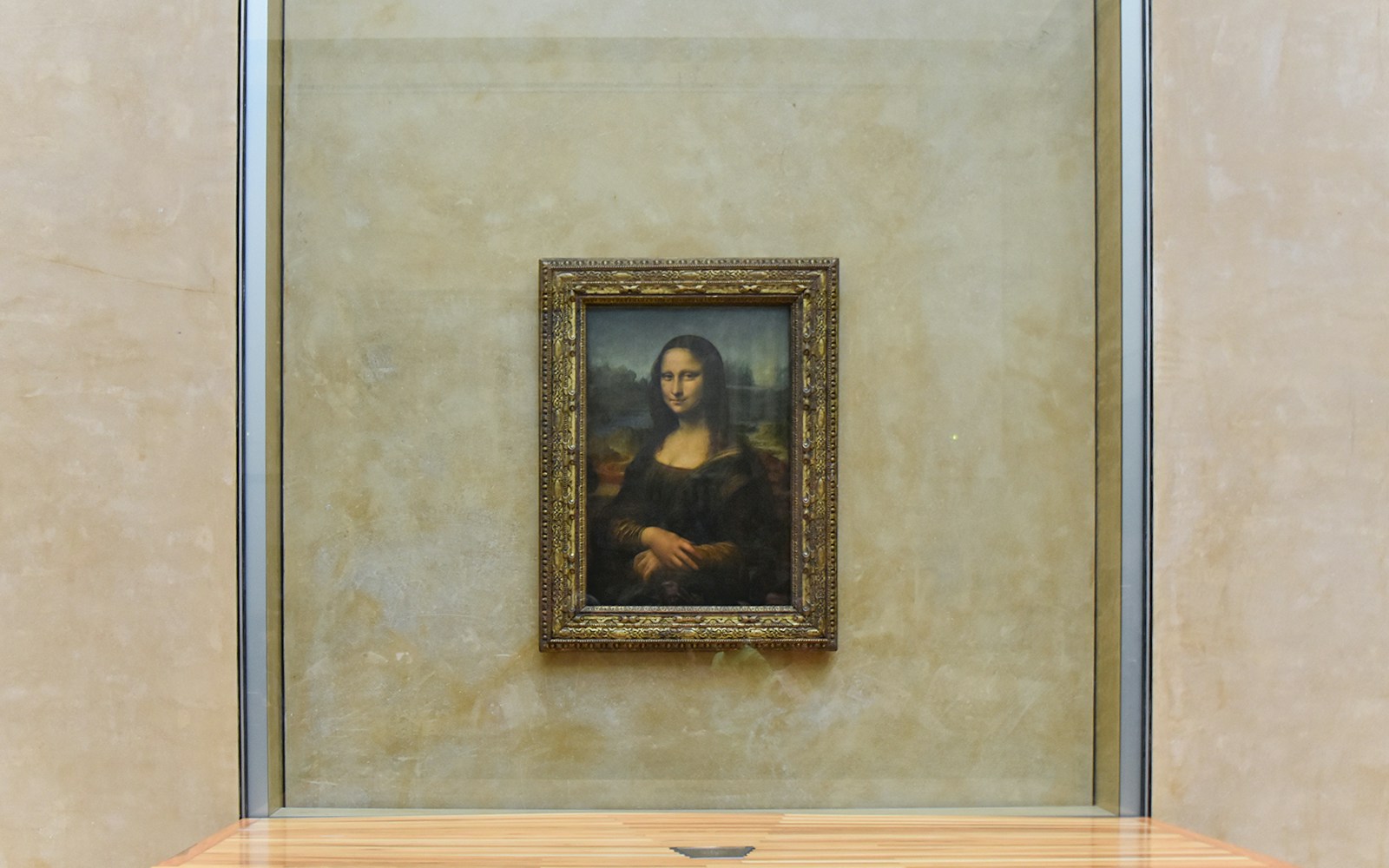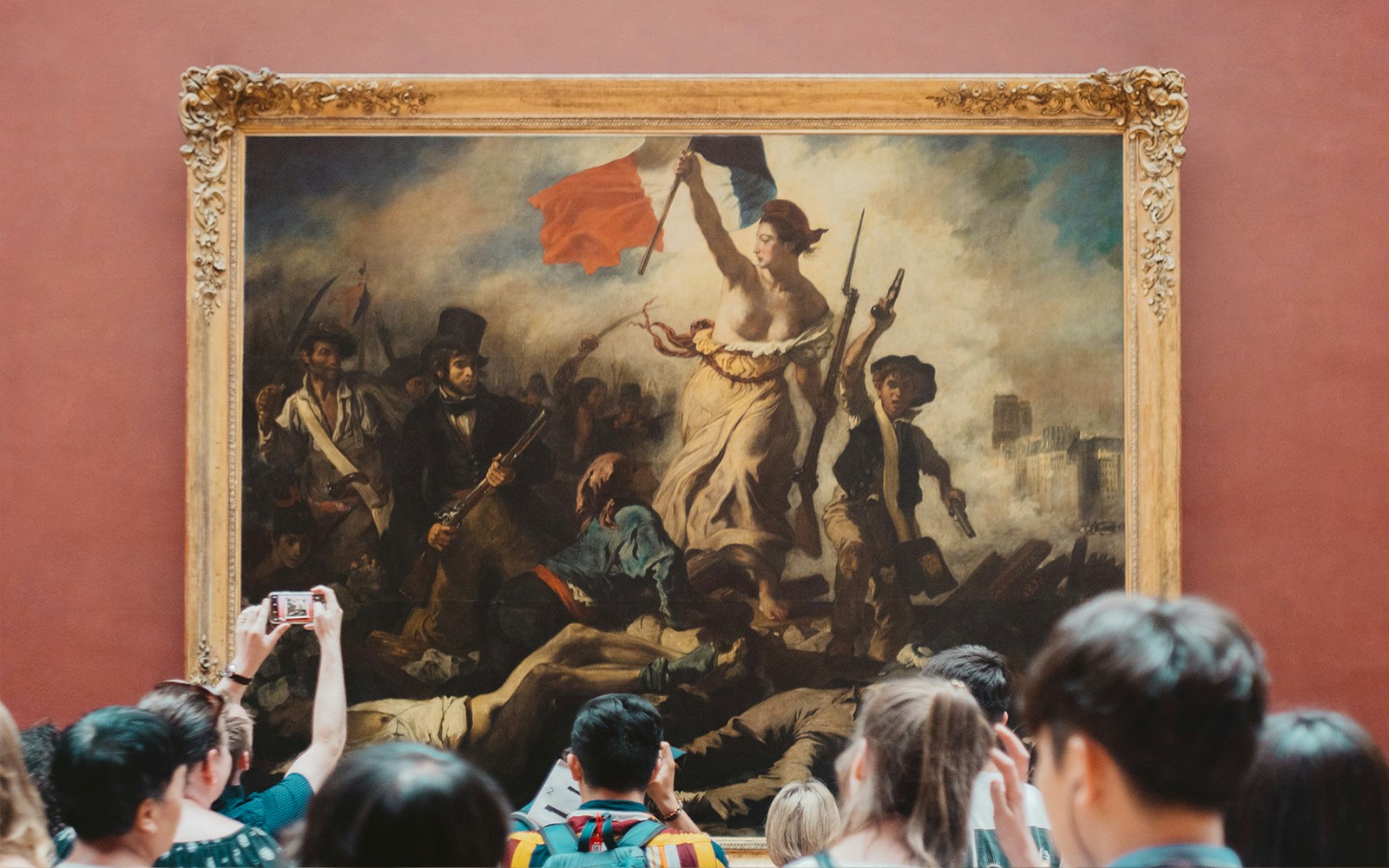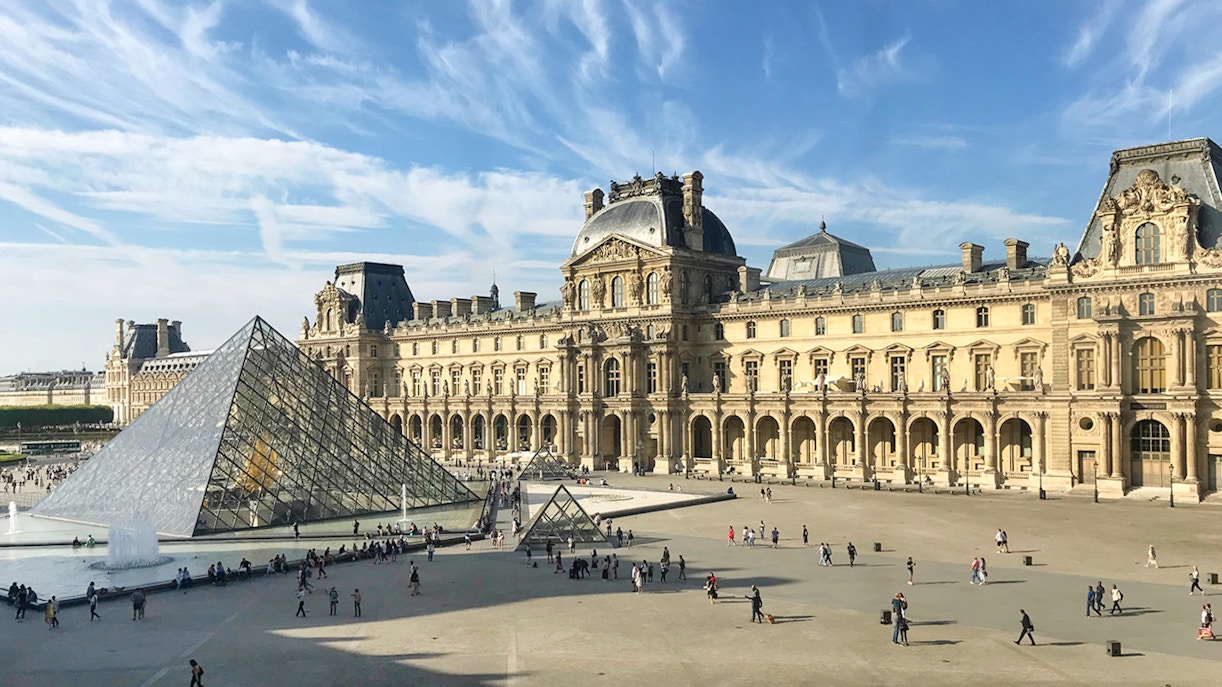- Focus: European paintings from the 13th to the 19th centuries.
- Key Highlights: Mona Lisa by Leonardo da Vinci, The Wedding at Cana by Veronese, Liberty Leading the People by Eugène Delacroix
- Significance: Features works by masters like Raphael, Rembrandt, Vermeer, and Titian.
Dive into the Louvre’s diverse collections
With over 35,000 masterpieces spread across eight departments, the Louvre can feel like a maze. Here's how to navigate its treasures like a pro.

Paintings
Egyptian Antiquities

Sculptures

Near Eastern Antiquities
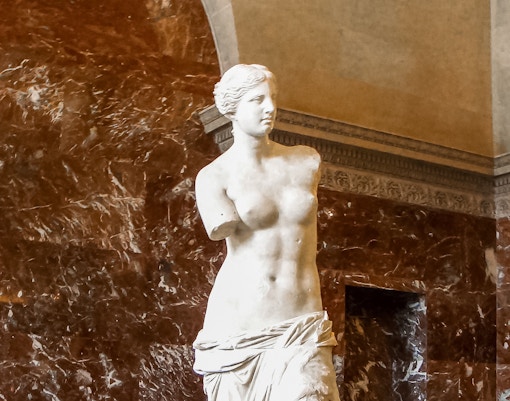
Greek, Etruscan, and Roman Antiquities

Islamic Art

Decorative Arts

